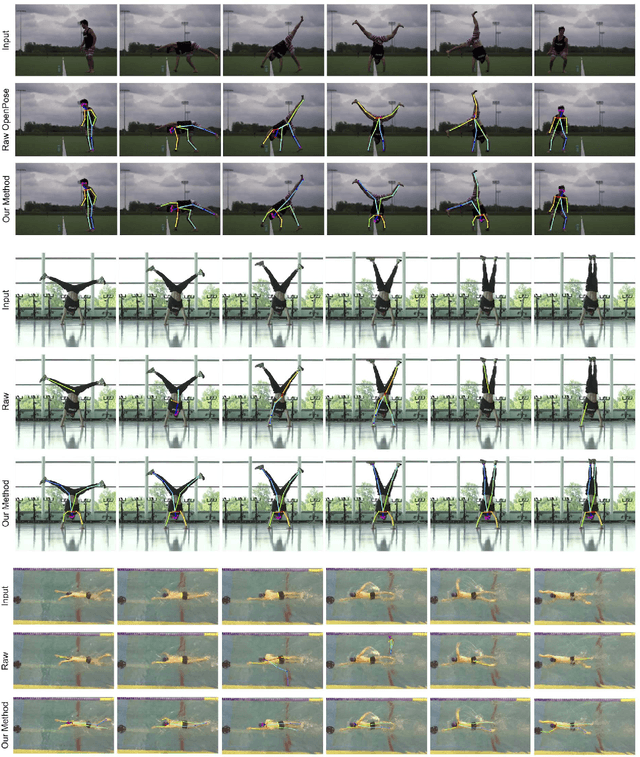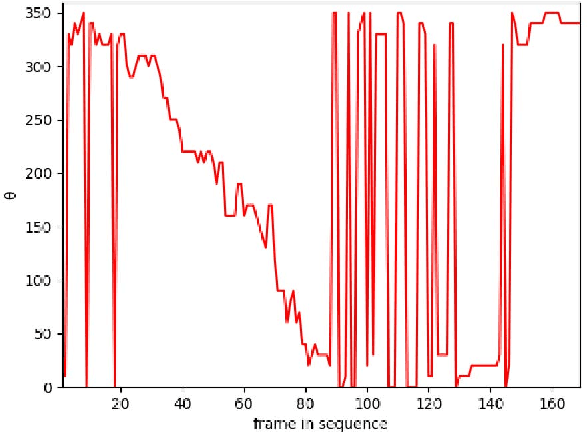Michinari Kono
SottoVoce: An Ultrasound Imaging-Based Silent Speech Interaction Using Deep Neural Networks
Mar 03, 2023Abstract:The availability of digital devices operated by voice is expanding rapidly. However, the applications of voice interfaces are still restricted. For example, speaking in public places becomes an annoyance to the surrounding people, and secret information should not be uttered. Environmental noise may reduce the accuracy of speech recognition. To address these limitations, a system to detect a user's unvoiced utterance is proposed. From internal information observed by an ultrasonic imaging sensor attached to the underside of the jaw, our proposed system recognizes the utterance contents without the user's uttering voice. Our proposed deep neural network model is used to obtain acoustic features from a sequence of ultrasound images. We confirmed that audio signals generated by our system can control the existing smart speakers. We also observed that a user can adjust their oral movement to learn and improve the accuracy of their voice recognition.
* ACM CHI 2019 paper
Post-Data Augmentation to Improve Deep Pose Estimation of Extreme and Wild Motions
Feb 12, 2019



Abstract:Contributions of recent deep-neural-network (DNN) based techniques have been playing a significant role in human-computer interaction (HCI) and user interface (UI) domains. One of the commonly used DNNs is human pose estimation. This kind of technique is widely used for motion capturing of humans, and to generate or modify virtual avatars. However, in order to gain accuracy and to use such systems, large and precise datasets are required for the machine learning (ML) procedure. This can be especially difficult for extreme/wild motions such as acrobatic movements or motions in specific sports, which are difficult to estimate in typically provided training models. In addition, training may take a long duration, and will require a high-grade GPU for sufficient speed. To address these issues, we propose a method to improve the pose estimation accuracy for extreme/wild motions by using pre-trained models, i.e., without performing the training procedure by yourselves. We assume our method to encourage usage of these DNN techniques for users in application areas that are out of the ML field, and to help users without high-end computers to apply them for personal and end use cases.
 Add to Chrome
Add to Chrome Add to Firefox
Add to Firefox Add to Edge
Add to Edge